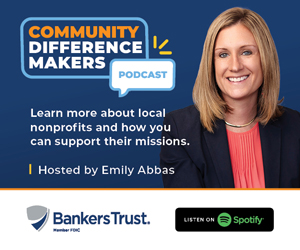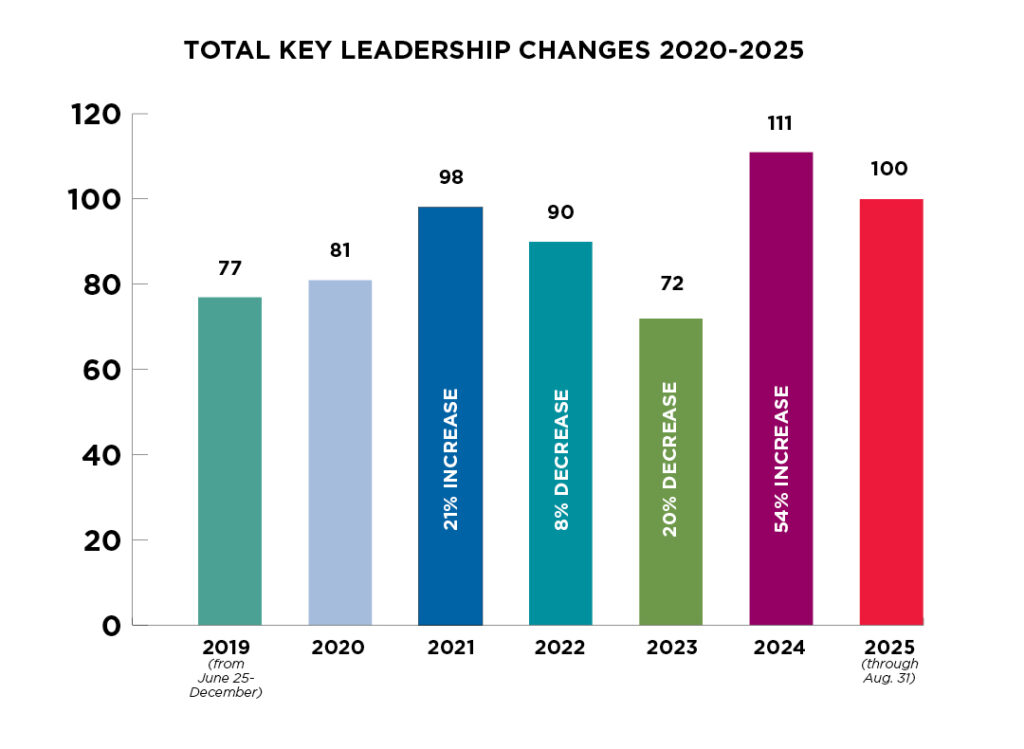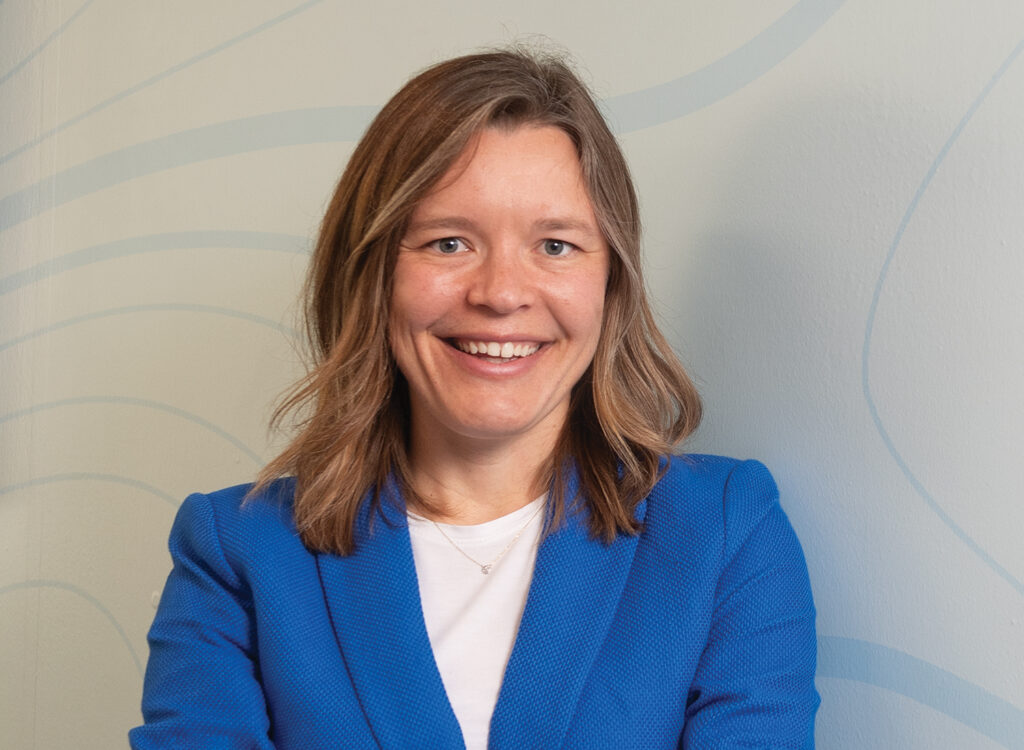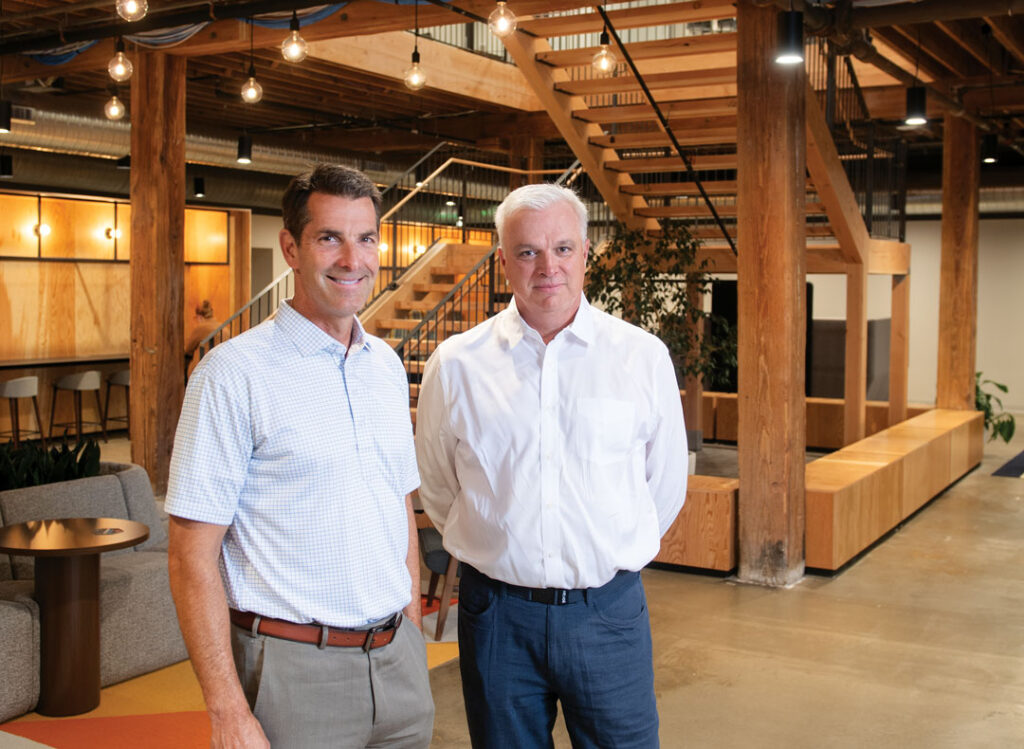A Closer Look: Patrick Coughlin
Take a closer look at the new chief executive officer Bridges of Iowa Inc.

Patrick Coughlin has held the title of CEO of Bridges of Iowa Inc. since late January, but he has been in training since the day he walked through the doors of the nonprofit substance abuse treatment operation in 2005 as assistant clinical director.
As chief executive, Coughlin takes the place of Thomas Jackowski, who was instrumental in helping founder Donald Lamberti establish the long-term treatment program in 1999.
Coughlin has worked as a substance abuse treatment counselor and manager for 20 years, entering the profession after renewing his religious faith. At Bridges, his tenure has been marked with steady promotions. He was named executive director in 2016 and also has served as chief operating officer and clinical director.
The program’s nearly one-year-long treatment schedule, with mandatory work requirements, has resulted in nearly impeccable results, with all of its clients employed at graduation, 89% remaining arrest-free up to five years after graduation, and a completion rate across all levels of care of 72%.
Lamberti’s commitment to treating and helping as many people as can be worked into the program has resulted in treatment successes, but in recent years has presented some financial challenges. At its start, Bridges was financed via a foundation established by Lamberti, a formula that worked well until the Great Recession and complications created by recent changes in the state’s Medicaid program.
When he is not wrestling with those issues, you can find Coughlin and his wife leading Team Cow Iowa across RAGBRAI routes and volunteering with Special Olympics.
First, give us some background on Bridges and the challenges it is facing.
When we started, we didn’t try to raise money or go after government funds or grants. Don [Lamberti] wanted to be able to talk about God, he wanted the program to be as long or as short as needed. He would say, “I don’t want it to be dictated by what insurance will pay or what the Legislature is willing to fund. I’m going to start the foundation and we’re going to operate off the interest from the foundation.”
And so it was set up like a mission, not a business, to start. So that was intentional. That was working – we were a 24-bed program – for the most part, with a little bit of client rent and a little bit of money here and there, and the rest came from the foundation. Don just kept wanting to help more people. And rather than building up the foundation, he started kicking in some money himself. But in 2008 when the economy crashed, our foundation was cut in half overnight. We’d always had this sort of attitude of, you know, we don’t have to deal with all the stuff other programs do. We’ve got a foundation, we’re set.
Did you have other sources of income?
We had a couple hundred thousand a year coming in from rent from other nonprofits and also covering all the costs of that building. Over the next year [after the recession] they started moving out. So what Don said was, “I don’t want to downsize. I’ll just pay for a year or two.” I don’t remember the exact number. It was like $1.2 million or something. Don wanted to see what would happen with the markets and whether the foundation would rebound. Well, through that process, he just continued to do what Don does to help as many people as possible. He just kept putting in more money. So then it was probably about 2010 or 2011 when we started saying, you know, we don’t want this to go away when Don goes away; we need to start talking about long-term planning.
We started asking how other programs operated. Insurance billing was probably their primary source of income. So we [were] kind of like “We’ve never done that we don’t know how to do it.” Our options were to hire staff, try to get contracts, learn how to do it and build our own thing, or partner with somebody who already had all that in place. We partnered with another company. We did that for a few years, and then we broke up. So just in the last few years, we’ve started trying to do what other people do. We’ve got Medicaid contracts, and we’re able to bill a portion to that.
Have you arrived at a solution?
We’ve done some fundraising. We get a couple hundred thousand a year still from the foundation, we get a couple hundred thousand in client grants [the cost to sponsor one person in the program is about $15,000, considerably less than other private treatment programs] and payments, we get about a half a million in Medicaid. And so of our $4 million operating budget, Don still pays about half.
The other key component is that we started building partnerships. We partnered with Broadlawns, and that allowed us to cut back on our medical nursing staff and they provide two-thirds of the salary of our medical director. We partnered with St. Vincent de Paul. They’re a faith-based organization as well. So they provide our family program and some financial literacy stuff for our clients. They don’t give us direct cash, but they provide services that we used to pay for or would have to pay for if we weren’t in partnership with them. Polk County provides the space at the jail [in a special area for residential treatment clients] and the meals. And they also chipped in a little money last year and no promises of ongoing funding, but we’ll we’ll ask again this year. [Polk County supervisors] have been very supportive. Prairie Meadows gave us a substantial contribution last year again, no promises of ongoing funding. Over the years we’ve gotten grants from them several different times.
Did you expect when you got into counseling that a big part of what you’re doing would be to rely on your ability to raise money?
Not at all.
Isn’t it ultimately less expensive to pay for the long-term treatment?
There was a study done by the National Center on Addiction and Substance Abuse at Columbia University that said for every $1 you spend on treatment, it yields a $7 return in the community. And when you factor in corrections clients instead of just regular people, it jumps to a $1 investment as a $12 return, and the reason was primarily reduced jail time, reduced health care costs, increased employment. And so the study further said that for every year that a person stays out of jail working and clean and sober, they save the community $100,000 a year, every year.
So when I gave a speech just a couple weeks ago at the Polk County Criminal Justice Coordinating Council, I reached out to some grads that I know a bit, like a guy that was 12 years sober, a guy that was nine years clean and sober, and a gal who’s actually president of our alumni who is six years clean and sober. And so I gave them the stat and said if we believe the study, these three people alone have saved this community $2.5 million over the course of their clean time since graduating from this program. So my my pitch was, it’s not really even spending money. It’s investing money. And I believe that; it’s not just a pitch. I believe it’s investing in people’s lives. It’s investing in our community.”










